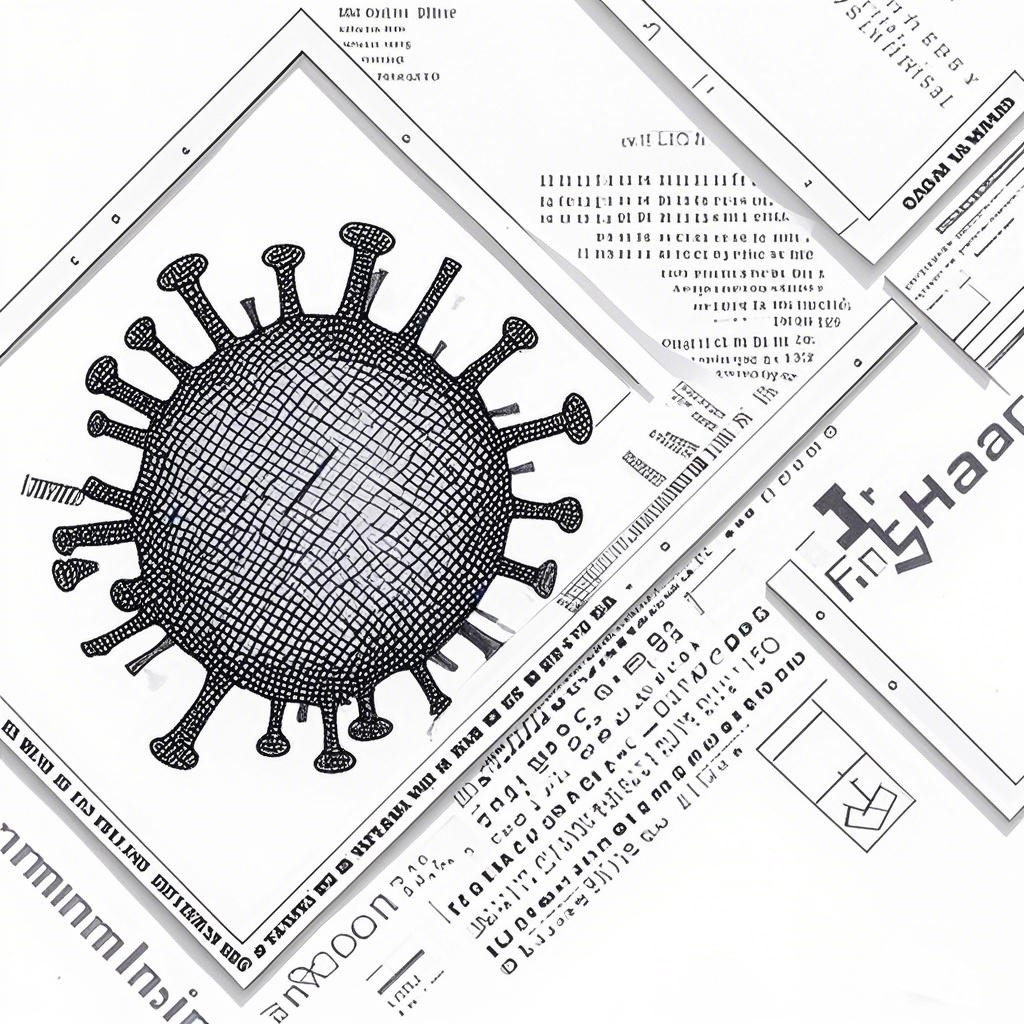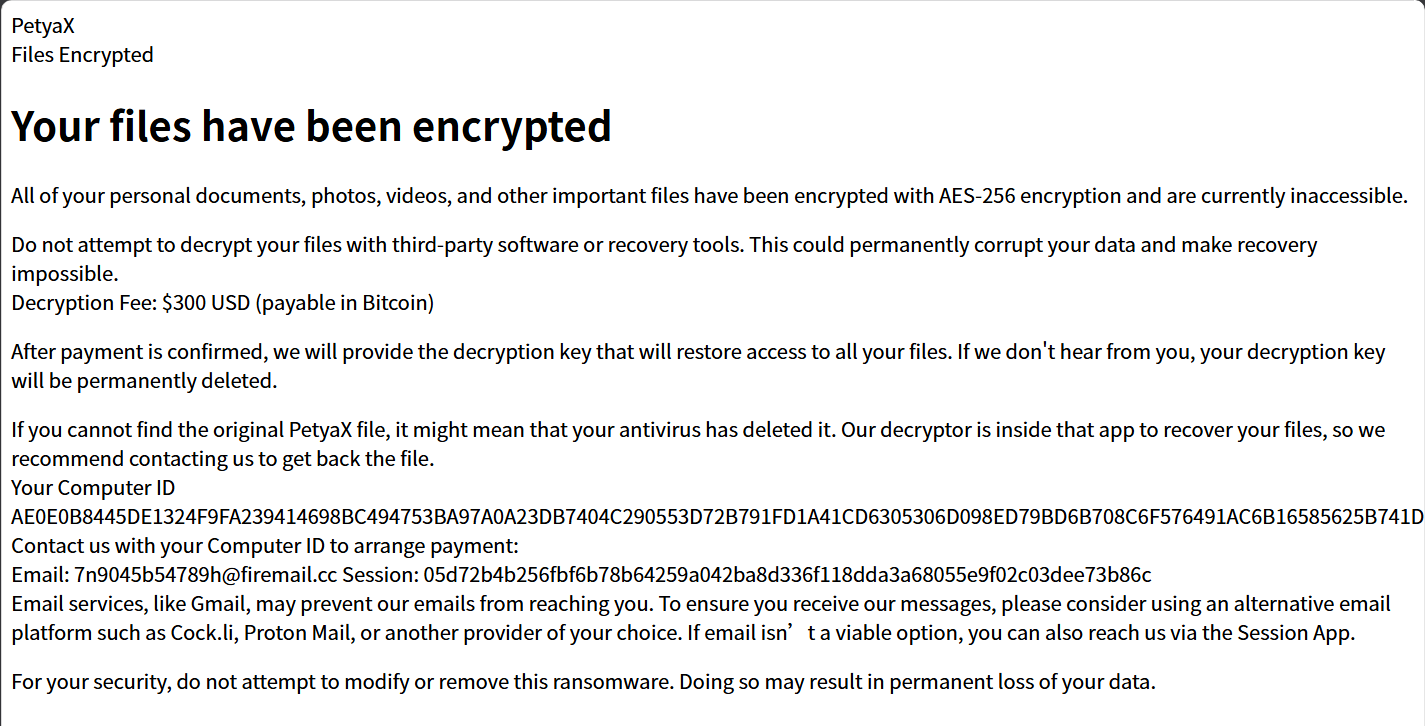Antiy AVL SDK Anti-virus Engine Upgrade Announcement (20250503)
Based on the principles of transparency, accessibility, usability, verifiability and perceptibility of security capabilities, Antiy releases weekly updates of the AVL SDK anti-virus engine and the full set of capabilities to the public every week.
1. Weekly Update
Statistical period: April 26, 2025 ~ May 2, 2025
Antiy AVL SDK anti-virus engine released a total of 84 virus database updates this week, with an average of 12 updates per day, adding 56 new detectable malware families, 9,303 new detectable malware variants, and 16,887 new detection rules.
The following table shows the TOP5 newly detectable malware families:
| Number | Virus Name | Virus Description |
| 1 | Trojan/JS.Workerbomb | This family is a kind of Trojan. It mainly attacks the target system by downloading and executing malicious scripts. It has strong download and execution capabilities and can bypass the detection mechanism of anti-virus software, posing a serious threat to the system. |
| 2 | Trojan/Win32.Egairtigado | This family is a kind of Trojan, which usually disguises itself as some normal files or programs to deceive users into installing. Once infected, it will engage in various malicious behaviors, including stealing users’ personal information and monitoring their online activities. |
| 3 | Trojan/Win64.PetyaX[Ransom] | This family is a kind of Trojan, which usually spreads through phishing emails, malicious downloads or vulnerability exploitation, etc. Once infected, this malicious software will encrypt the user’s files and demand a ransom to obtain the decryption key, posing a serious threat to the computer system. |
| 4 | Trojan/Win32.Privlog | This family is a kind of Trojan that enters the victim’s computer system by deceiving users or carrying other malicious software. Once infected, it will run in the background and steal sensitive information in a hidden way, monitor the user’s activities and send data to the remote server. |
| 5 | RiskWare/Win32.IPGuard[RemoteAdmin] | This family is a kind of risky software that can be used for intrusion operations through remote management tools. It usually disguises itself as legitimate remote management software to deceive users’ trust, but in reality, it engages in malicious behavior. It may lead to system security vulnerabilities, causing problems such as user privacy leakage or system performance degradation. |
(According to the HASH number of family samples within the period)
For more related content, please visit www.virusview.net (the Computer Virus Encyclopedia).
2. Full Detection Capabilities
As of 24:00 on May 2, 2025, the AVL SDK anti-virus engine can detect 18,041,601 malware variants of 56,820 malware families distributed in 8 basic categories, with a total of 56,494,473 detection rules.
The detection capabilities and the number of rules classified by malware are as follows:
| Type | Detectable malware (Types) | Detection rules (Items) |
| Infectious viruses | 58,026 | 9,614,239 |
| Worms | 303,805 | 5,531,372 |
| Trojans | 13,055,877 | 33,830,502 |
| Hacking tools | 444,993 | 469,505 |
| Risk tools | 1,192,684 | 3,001,524 |
| Rogue software | 2,986,192 | 4,045,740 |
| Junk files | 10 | 1,524 |
| Test programs (for self-test) | 14 | 67 |
| Total | 18,041,601 | 56,494,473 |
Preprocessing Capabilities (partial) :
There are 31 types of unpackable executable packers and 132 types of recognizable or extractable packages (including self-extracting archives).
Supporting Knowledge Output Capabilities:
For malware payloads, the AVL SDK is used in conjunction with the malware knowledge base, which can output 533 types of key behavior mapping tags and 139 types of ATT&CK threat attack framework technical and tactical tags, with a coverage rate of 64.29%, basically covering all the statically detectable tags in the ATT&CK framework.
3. Be on Guard Against These Virus Families This Week
Recently, Antiy Labs detected an active sample Trojan/Win64.PetyaX[Ransom] on the Windows platform. This sample was captured in April 2025. This family infiltrates the victim’s network through various means such as phishing, vulnerability exploitation, mounting on other malicious software and illegally obtaining credentials. The PetyaX ransomware encrypts files using the “AES+RSA” algorithm and invokes command-line commands to prevent victims from recovering the encrypted files. The specific operation is to delete the copy of the volume shadow. As of now, no tool has been found that can effectively decrypt the data encrypted by the PetyaX ransomware.

3.1 Overview of the PetyaX Family
|
Organization name |
PetyaX |
|
Appearance time |
April 2025 |
|
Intrusion mode |
Phishing, vulnerability exploitation,
and bundled software |
|
Decryption tool |
No
public decryption tools were found |
|
Encryption system |
Windows |
|
Payment method and
amount of ransom |
Contact
via email |
|
Whether it is double
extortion |
Yes |
|
The suffix name of the
encrypted file |
petyax |
|
Ransom letter |
|
3.2 Recommendations for Protection
For this Trojan, Antiy recommends the following protective measures:
(1) Install terminal anti-virus software: It is recommended to use host anti-virus and protection products such as Antiy Intelligent Endpoint Protection System that use the AVL SDK engine. It is recommended that users of Antiy IEP enable the ransomware defense tool module (enabled by default).
(2) Enhance password strength: Avoid using weak passwords. It is recommended to use 16-character or longer passwords, including combinations of uppercase and lowercase letters, numbers, and symbols. At the same time, avoid using the same password on multiple servers.
(3) Regularly change passwords: Change system passwords regularly to avoid password leaks that may lead to system intrusions;
(4) Timely update patches: It is recommended to enable the automatic update function to install system patches. System patches should be updated in a timely manner for vulnerable parts such as servers, databases, and middleware.
(5) Close high-risk ports: Adopt the minimization principle to external services and close unused high-risk ports such as 3389, 445, 139, and 135.
(6) Email Security: Handle suspicious emails carefully to avoid downloading unknown attachments or clicking on unfamiliar links.
(7) Disable PowerShell: If you are not using the PowerShell command-line tool, it is recommended to disable it.
(8) Regular data backup: Regularly back up important files, and the backed-up data should be isolated from the host.
Antiy Emergency Response Service
Antiy continuously empowers users to build an effective network attack security protection system and achieve effective security value.
National service hotline: 400-840-9234
Service support email: support@antiy.cn
Be Vigilant Against New Threats, Fortify Data Defenses!
Appendix: Introduction to Antiy AVL SDK Anti-Virus Engine
Antiy AVL SDK anti-virus engine is a threat detection capability middleware developed by Antiy for all architectures and system platforms. By embedding the AVL SDK, Antiy products and ecosystem partners’ products can acquire virus and malware detection capabilities, and receive continuous updates through the virus database.
For eight malware categories including infectious viruses, worms, Trojans, hacking tools, gray software, risky software, junk files, and test files, it accurately identifies and detects over 50,000 families and 18 million malware variants. The detection capability fully covers all known malwares and strictly adheres to the CARO convention. The output is structured and named in sections by classification, environment, and family, and based on the behavioral capabilities of malicious samples, it outputs nearly a hundred types of malicious behavior tags for typical malicious behaviors such as encryption ransomware, data theft, remote control, botnet programs, and mining. Antiy Engine can recognize over 300 file formats and conduct in-depth preprocessing on compilable executable formats such as PE and ELF. It also performs recursive unpacking of various packages (including self-extracting archives), and conduct structural analysis of compound documents such as OFFICE and ACAD files that may contain embedded scripts or vulnerability-prone formats. This ensures high robustness against malware. Antiy Engine also comes with a trusted file signature library, supporting the product to implement security policies based on blacklist and whitelist controls, significantly enhancing the difficulty for attackers.
Antiy’s detection capabilities can be fully deployed locally. Antiy automatically analyzes and processes over 2 million new file objects on average every day and releases a virus database update every two hours. It also provides support services such as cloud detection, cloud analysis, and computer virus encyclopedia.
Antiy AVL SDK is available in various versions such as traditional PC hosts, smart terminals, network traffic, IT application innovation systems, industrial systems, and unmanned systems. It provides threat detection capabilities for scenarios including host system and workload security, network traffic security, business flow security, email and file service security, etc. It fully supports various architectures such as X86, ARM, MIPS (including Cavium), RISC, and PowerPC, supports a variety of mainstream operating systems including domestic operating systems, Linux, and Windows, as well as real-time industrial operating systems like Vxwork. It also supports high-speed detection in backbone network scenarios.
Antiy AVL SDK empowers over 100 industry partners. In addition to Antiy’s own product deployment, Antiy Engine has cumulatively covered more than 4 billion nodes (including mobile terminals, secure and controllable PC endpoints, cloud-native nodes, network devices, network security devices, etc.), providing inherent security detection capabilities for mobile phones and smart terminals. The main partners using Antiy Engine include mobile phone enterprises such as Huawei, Xiaomi, Honor, VIVO and OPPO, large Internet enterprises such as Ant Financial, and several listed cybersecurity companies. Partner products using Antiy Engine have won internationally renowned evaluation awards such as AV-TEST and NSS Labs. The “L Tomahawk” logo of AVL SDK has become a symbol of reliable anti-virus capabilities.
All of Antiy’s products, including but not limited to IEP security protection system product family, Unified Workload Protect, Persistent Threat Detection System (PTD), Persistent Threat Analysis System (PTA), Attack Capture System, Qingzhu Zhiyu WAF, etc., all use Antiy anti-virus engine.
The AVL SDK anti-virus engine has been under development since 2001 and has undergone significant version upgrades and iterations. It has successively received support from key national initiatives, including: the Ministry of Science and Technology’s Innovation Fund for Technology-based Firms (2004), the Ministry of Science and Technology’s National High-Tech R&D Program (863 Program) (2006), the National Development and Reform Commission’s Information Security Special Project (2008), and the Ministry of Industry and Information Technology’s Engineering Special Project (2019). The mobile version of AVL SDK won the 2014 AV-TEST Best Protection Award for Mobile Devices. Products powered by the AVL SDK, Antiy PTD and PTA, won first place in both the first and second National Cybersecurity Technology Challenge competitions hosted by the National Computer Network Emergency Response Technical Team/Coordination Center of China (CNCERT/CC).

